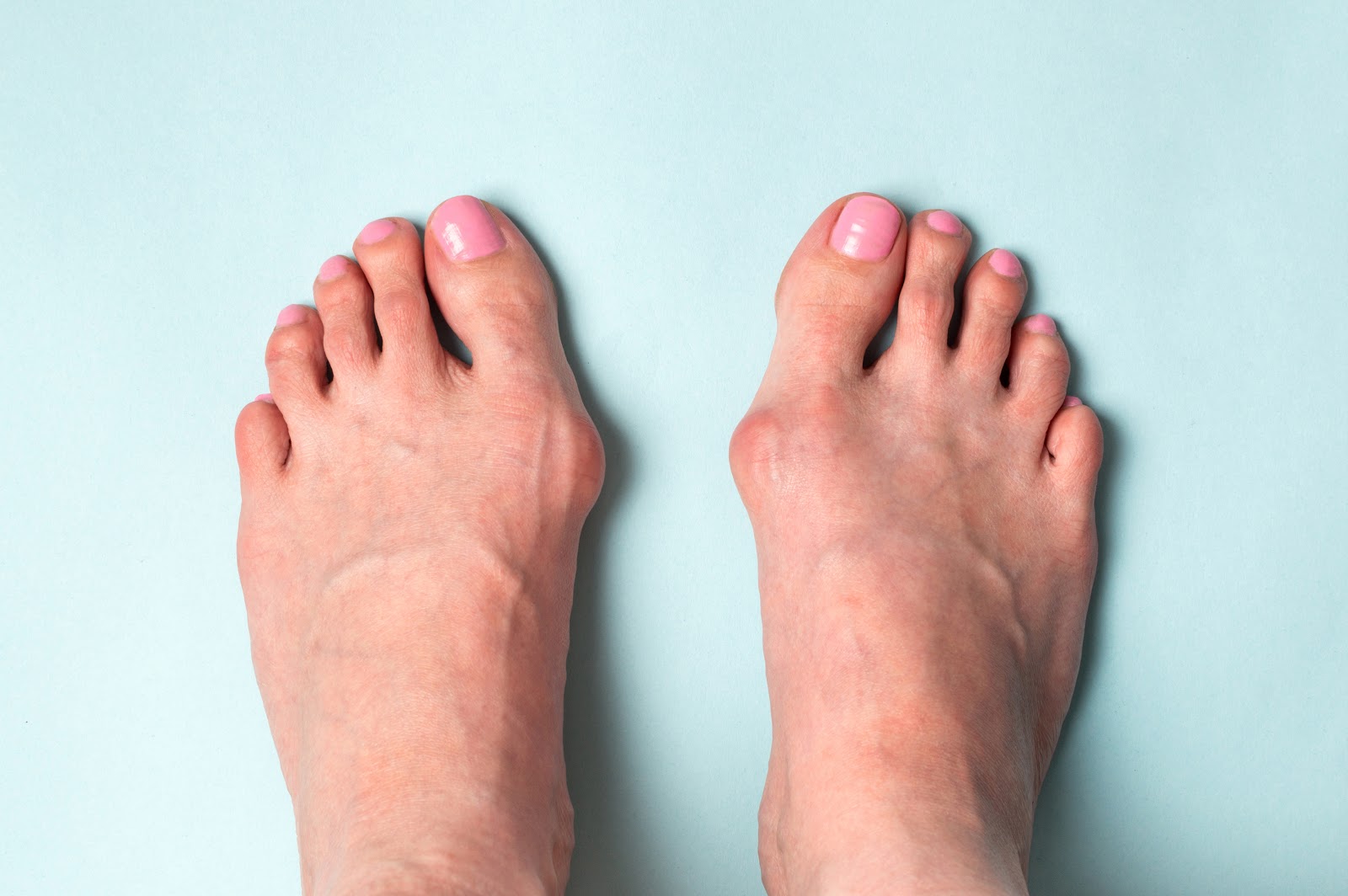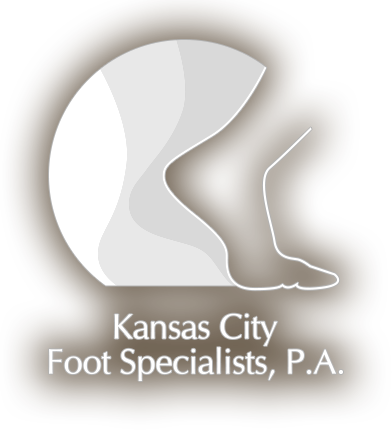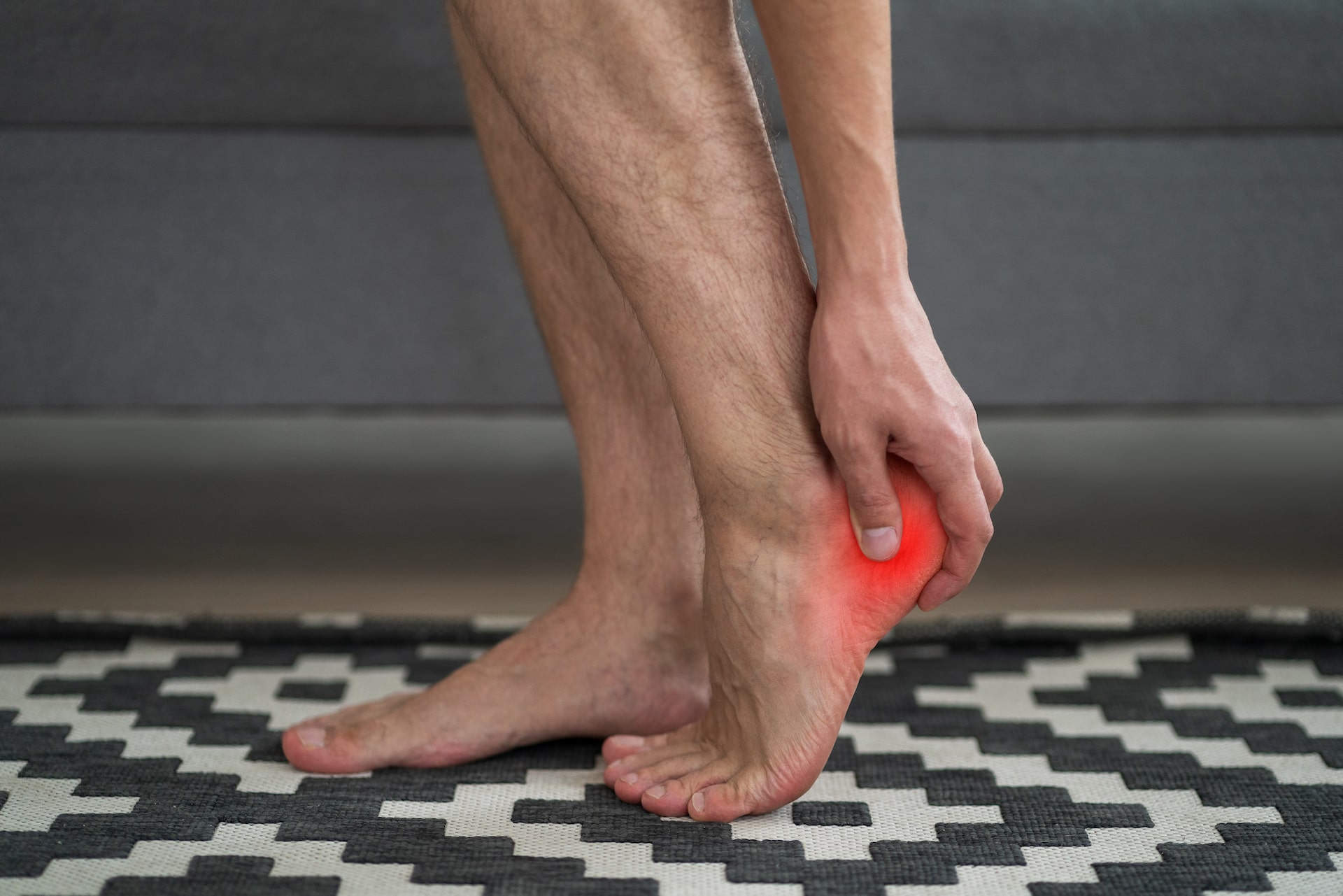
1. What is a bunion?
A bunion is a bony bump that forms on the joint at the base of your big toe. It forms when your big toe pushes against your next toe, forcing the joint of your big toe to get bigger and stick out. It may sometimes swell, turn red, feel tender to the touch, or even hurt. Over time, it may also become shiny and feel warm when you touch it.
2. What causes bunions?
Shoes with narrow toe boxes can trigger a bunion, but they’re not the underlying cause. Because foot type (shape and structure) is hereditary, bunions tend to run in families. Some foot structures are more prone to bunions than others. Low arches and flat feet increase the risk of developing bunions as well as loose joints and tendons. The shape of the metatarsal head (the top of the first metatarsal bone) also makes a difference: if it’s too round, the joint is less stable and more likely to deform when squeezed into shoes with narrow toe boxes.
3. How do you get rid of bunions on your feet?
You can’t technically get rid of bunions, but you may be able to keep them from getting worse. Try these tips to keep your bunions from growing:
-
Maintain a healthy weight.
-
Protect the bunion by wearing a moleskin or gel-filled pad, available at drugstores.
-
Take non-steroidal anti-inflammatory drugs such as ibuprofen.
-
Warm soaks, ice packs, whirlpools, ultrasound, and/or massage may help relieve pain.
-
Buy shoes that fit well – wide in the toe area to prevent squeezing the toes together.
-
Use shoe inserts to help position the foot correctly. Either over-the-counter arch supports or prescription orthotic devices will help.
-
Wear a splint at night to hold the toe straight while you sleep – a doctor will help you find the right splint.
These treatments usually ease the pain of bunions, but won’t always keep your bunion from getting worse.
4. Do bunion splints work?
A bunion splint is a device that is typically worn at night (while sleeping) that physically pushes the big toe back into normal alignment. Bunion splints don’t work immediately, but are a long term management solution. They likely won’t reverse the bunion, but can halt progression of the bunion.
5. Does stretching help bunions?
Stretching out your toes as well as toe flexing and contracting can help keep them limber and reduce pain. These exercises can be especially beneficial if you also have hammertoes, or chronically bent toes, in addition to a bunion.
6. Does foot massage help bunions?
Tightness in the sole of the foot contributes to the formation of bunions and causes the toes to be cramped. It’s difficult to strengthen the arch or work with the toes when they are stuck together in this way, a foot massage helps to release the adductor muscles and may lessen pain.
7. Will toe spacers help bunions?
Toe spacers or separators will stretch your toes, loosen tightness, and relieve pain. Toe separators are effective in keeping the tendons and ligaments around toe joints loose and more limber.
8. Can a bunion go away on its own?
No. A bunion will not just go away on its own. The treatment options above can help to relieve pain and stop bunion progress, but they will not make the deformity or bump go away. The only way to get rid of that bony bump is with a surgical procedure.
9. What Is a tailor’s bunion?
A tailor’s bunion, also called a bunionette, is a prominence of the fifth metatarsal bone at the base of the little toe. Sometimes a tailor’s bunion is actually a bony spur (an outgrowth of bone) on the side of the fifth metatarsal head. Tailor’s bunions are not as common as regular bunions, which occur on the inside of the foot, but their symptoms and causes are similar.
10. What causes tailor’s bunions?
Tailor’s bunions are caused by the same mechanism that causes regular bunions – an inherited faulty mechanical structure of the foot. This shift creates a bump on the outside of the foot that becomes irritated whenever a shoe presses against it.
11. What kind of shoes are best for bunions?
Supportive footwear is best. Look for footwear with a molded foot-bed inside the shoe, preferably with a low heel. If you’re wearing flat shoes, like ballet-pumps, and your feet pronate (roll in when you walk), it will make your condition worse. You also need plenty of toe room, so choose shoes with rounded or square toes, not pointy toes.
12. Should I have my bunions removed?
In general, if your bunion is not causing you pain, you do not need surgery. Although bunions often get bigger over time, doctors do not recommend surgery to prevent bunions from worsening. Bunions generally don’t require surgery unless there’s an underlying deformity that can’t otherwise be corrected or the pain becomes debilitating despite trying conservative treatment. You should seek treatment if the pain and deformity interfere with daily routines and physical activity.
13. Is bunion surgery painful?
Typical bunion surgery results in pain and swelling that slowly improve in the six weeks after surgery. You may have some minor pain and swelling that lasts as long as three to six months after surgery.
14. Can bunions grow back after surgery?
Recurrence after bunion surgery is a possibility, but it is not common. However, when bunions do come back, they reoccur, but they do not regrow. That’s because a bunion is not a growth of bone, rather a dislocation of the big toe joint.
15. What happens if a bunion is left untreated?
A bunion may get worse if left untreated. An untreated bunion can cause further problems, such as arthritis in the joint of the big toe. The big toe can also cause deformity of the second toe, by pushing it out of place.
16. Is bunion surgery covered by insurance?
Bunions that are painful and cause any gait abnormalities are usually considered a medical condition and in such cases, bunion surgery is generally covered. If surgery is being considered for cosmetic reasons only, and the bunion is small and does not cause pain, surgery may not be covered by insurance.
17. How long do you have to be off work for bunion surgery?
Recovery after bunion surgery takes about six to eight weeks to get back to normal. By six weeks, your bones should be set in place, but this can take longer if you have underlying medical conditions or if you smoke. For the first four to six weeks following your surgery, you’ll wear a surgical boot or cast to protect your foot. You should be able to return to work in about two weeks. However, if your bunion is more severe you will need to take somewhere between 6-8 weeks off and you may require a cast for part of this time. Full recovery from bunion removal surgery can take an average of four to six months before you are at 100%.
18. When is walking possible after bunion surgery?
The size of the bunion generally dictates whether or not a surgeon will allow walking. With mild bunions, doctors are more likely to allow walking in a surgical shoe or cast boot, whereas severe bunions may require crutches or a knee scooter. This is because larger bunions require more involved bone work, which lends itself to instability with walking pressure and therefore more recovery before walking. Advances in technology and surgical procedures (specific techniques and specialized implanted surgical hardware) have made walking sooner possible.
19. Can I wear heels after bunion surgery?
Returning to heels can increase the risk of bunion recurrence. Tight, narrow toe boxes and high heels can speed up the progression of bunions because the deforming forces will be there again. Your results and whether you can wear high heels post-surgery depends on the type of surgery you are having and the advice of your surgeon. Many patients will not be able to wear tight fitting shoes after surgery, including high heels; though there is some evidence that heels under 2.5 inches are okay.



